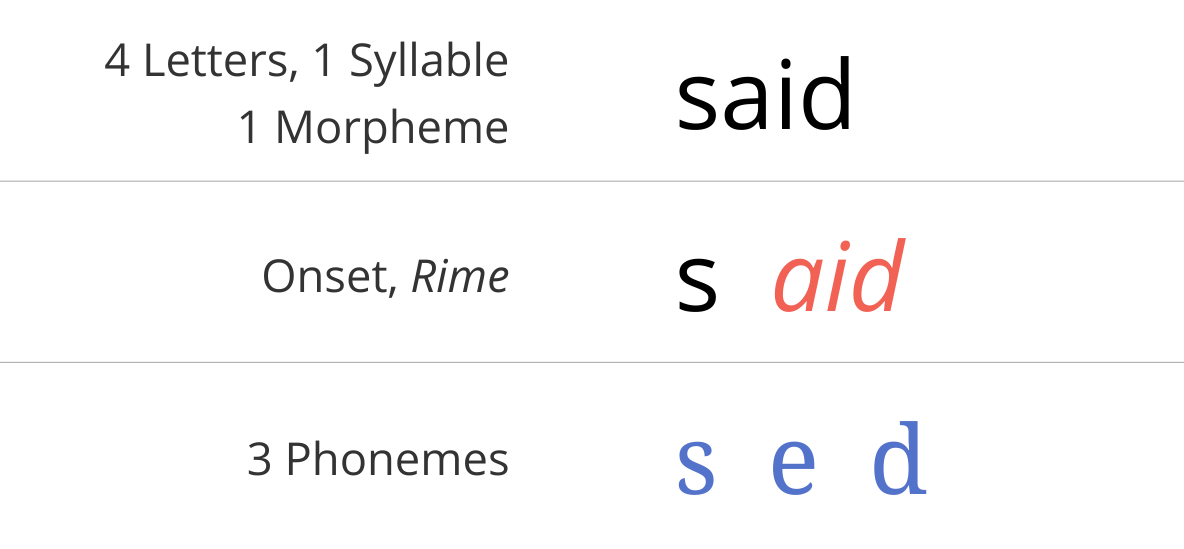Issue: Whether school officials may presume substantial disruption or a violation of the rights of others from a student’s silent, passive, and untargeted ideological speech simply because that speech relates to matters of personal identity, even when the speech responds to the school”s opposing views, actions, or policies.
JUSTICE ALITO, with whom JUSTICE THOMAS joins, dis-
senting from the denial of certiorari. This case presents an issue of great importance for our
Nation’s youth: whether public schools may suppress student speech either because it expresses a viewpoint that the school disfavors or because of vague concerns about the likely effect of the speech on the school atmosphere or on students who find the speech offensive. In this case, a middle school permitted and indeed encouraged student expression endorsing the view that there are many genders.But when L. M., a seventh grader, wore a t-shirt that said “There Are Only Two Genders,” he was barred from attending class. And when he protested this censorship by blocking out the words “Only Two” and substituting “CENSORED,” the school prohibited that shirt as well. The First Circuit held that the school did not violate L. M.’s free-speech rights. It held that the general prohibition against viewpoint-based censorship does not apply to public schools. And it employed a vague, permissive, and jargon-laden rule that departed from the standard this Court adopted in Tinker v. Des Moines Independent Community School Dist., 393 U. S. 503 (1969).
